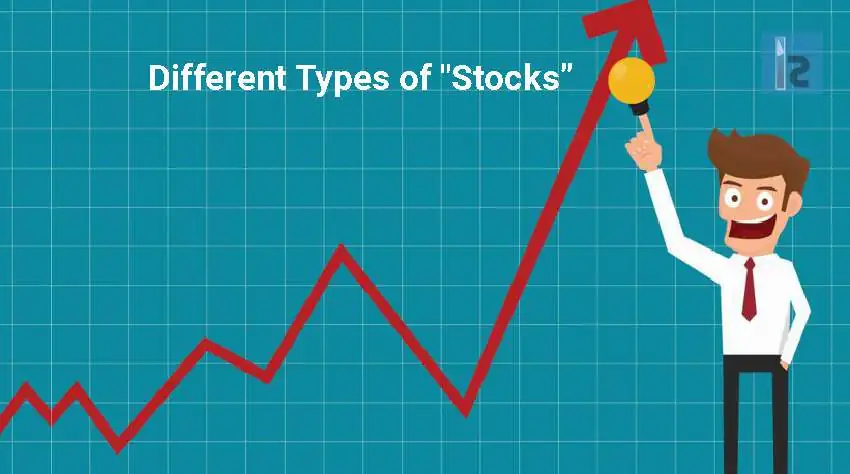Stocks are categorized into various types based on different characteristics, such as growth potential, value, income generation, and market capitalization. Understanding these classifications is essential for investors looking to build a diversified portfolio that aligns with their investment goals and risk tolerance. By exploring the distinctions between growth, value, income, and market capitalization stocks, investors can make informed decisions on how to strategically allocate their investment capital and optimize their returns in the dynamic stock market environment. In this discussion, we will delve into the nuances of different types of stocks and the implications of investing in each category.
Let’s evaluate different stock classifications that are commonly used:
Types of stocks on the basis of Market Capitalization
Stocks are often classified as large caps, mid caps, small caps, and micro caps on the basis of their total market capitalization (Current Share Price x Total Number of Shares). Though there are no exact cutoffs about what exactly is defined as a large-cap and what isn’t, investors usually categorize companies as follows:
Large-cap stocks
These are companies with a market capitalization exceeding Rs 10,000 Crore, representing well-established and stable businesses with lower risk compared to smaller companies.
Mid-cap stocks
Companies with a market capitalization ranging between Rs 2,000 Cr and Rs 10,000 Cr. These stocks offer a balance between growth potential and risk, typically exhibiting moderate volatility.
Small-cap stocks
With market capitalization between Rs 200 Cr and Rs 2,000 Cr, small-cap stocks represent smaller companies with higher growth potential but also higher risk due to their size and market presence.
Micro-cap stocks
Stocks with a market capitalization below Rs 200 Cr, these companies are the smallest in terms of size and market value, often considered high-risk investments with the potential for significant growth but also higher volatility.
Also, the concept of Risk and Return is applicable here too. Small companies are riskier than large ones. So due to the increased risk, many of the smaller companies tend to give higher returns than large or mid-cap companies. Of course, the proportion of small companies not doing well is also higher than those of their larger counterparts.

Many of the large-cap stocks are of high quality, well-established companies with stable or growing earnings. The stocks of these companies are known as blue-chip stocks. The perceived risk associated with these companies is also very low. Examples – Many stocks that are part of the Sensex or Nifty 50 index.
Types of stocks on the basis of Growth, Value and Income
This classification of stocks depends on the nature of the business, its profit distribution policy and the general assessment of price vs. actual intrinsic value.
Growth Stocks
These are stocks of businesses, which are growing higher than average rate. This high growth is translated into higher profits and is reflected in the rising of the company’s stock price. Because of this, these companies prefer to reinvest their earnings back into company operations in the hope of generating more profits. This theoretically helps these companies grow at a faster rate. Consequently, these companies have low dividend payouts. Generally, the growth stocks are bought more for capital appreciation in stock prices and are riskier than the other two varieties.
Value Stocks
These are stocks that according to some financial analysis ratios, are trading at prices that are less than their actual (intrinsic) values. Some of the popularly used ratios to assess the reasonability of price against embedded value is:
- Low P/E ratio
- Low P/BV ratio
- Low Price-to-Sales ratio, etc.
Value stocks don’t remain good value picks forever. When other investors realize that stocks are underpriced, the prices tend to rise up and reward those early investors who bought at lower levels.
Income Stocks
These stocks distribute a comparatively higher percentage of their earnings as dividends to shareholders. This often gives them high dividend yields (dividends in relation to their share price). At times, these are also referred to as high dividend-yield stocks. A higher dividend means higher income and hence, the name income stocks. Generally, these belong to companies that have stable businesses churning out reasonably assured amounts of profits.
Conclusion
In conclusion, the classification of stocks into categories based on growth, value, income, and market capitalization provides investors with valuable insights into the diverse opportunities available in the stock market. By incorporating a mix of growth stocks for potential capital appreciation, value stocks for undervalued opportunities, income stocks for consistent dividends, and a range of market capitalizations for diversification, investors can build a well-rounded portfolio that balances risk and return. It is essential for investors to conduct thorough research, consider their investment objectives, and maintain a disciplined approach to stock selection within each category to optimize their long-term investment success in the dynamic and ever-evolving stock market landscape.
Also learn how to select stocks for intraday trading with this advice for beginners. Discover the fundamental techniques, approaches, and standards for making wise trading choices.



